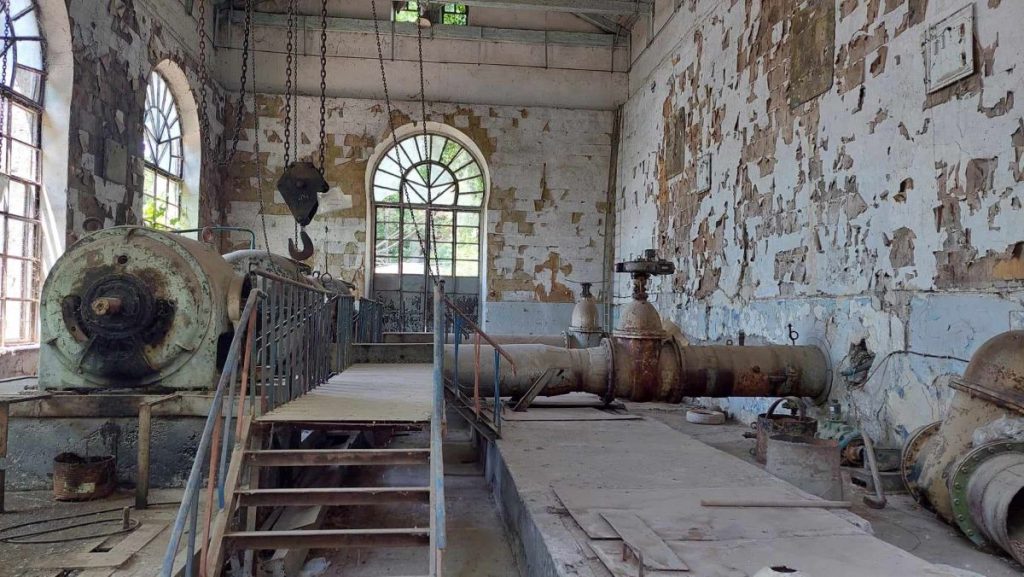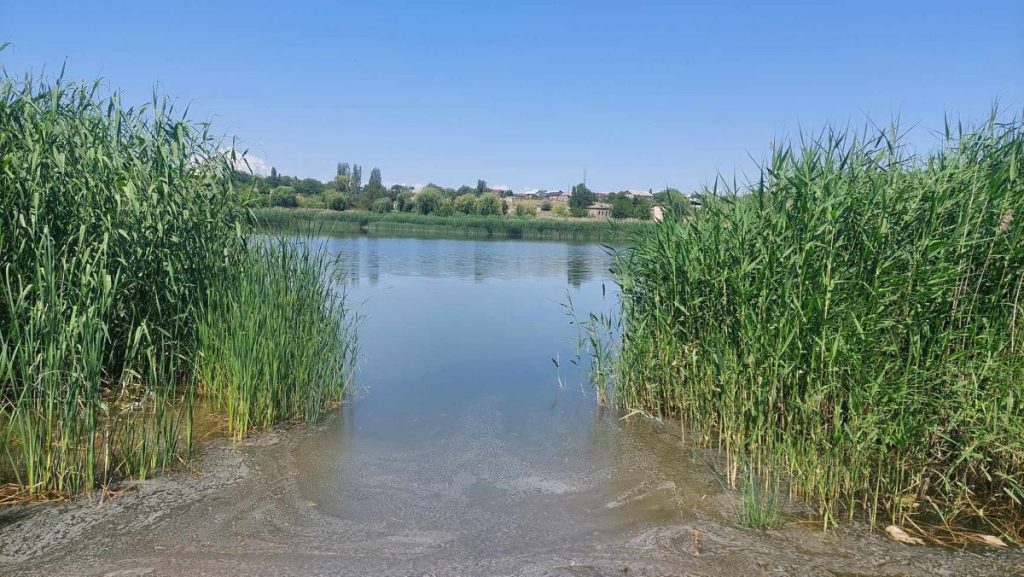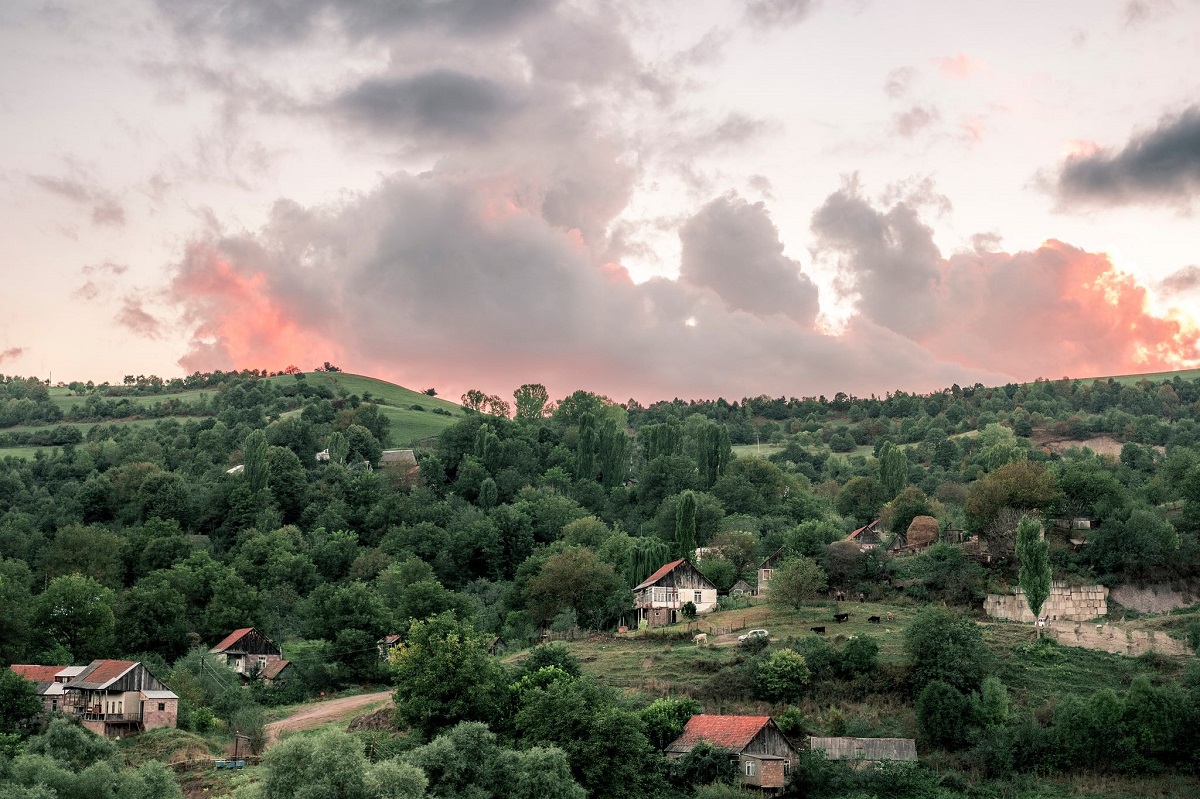Water shortage in Armenia: Causes and how to prevent desertification
Water shortage in Armenia
Despite unprecedented amounts of precipitation leading to destructive flooding in northern Armenia, there are still areas in the country vulnerable to desertification. Ecologists have been warning about this issue for years, explaining that inefficient water usage is a “problem of national significance,” yet it remains unresolved.
Experts caution that the volume of the underground water basin of the Ararat Valley is decreasing every year. Artesian waters are depleting due to global warming and the imprudent, inefficient use by farmers and the emergence of numerous fish farms in the region. As a result, farmers in 32 villages of the Armavir region are facing serious problems with irrigation, despite this region’s historical reputation for abundant harvests thanks to its artesian waters.
Hydrologist Benyamin Zakaryan notes that prior to 2005, artesian waters in the Ararat Valley were accessible just two to three meters underground. Since 2005, the proliferation of fish farms has led to a decline in these waters, making them difficult to access even at depths of 15-20 meters.
- 8 thousand pines withered on the shore of Sevan. Are the bugs to blame or the indifference of people?
- Benefits of solar energy in Armenia: three examples
- ‘Black Gold’ of Armenia: How can copper boost the Armenian economy?
Lake Akna has decreased in size, but its water continues to irrigate the nearby villages
Lake Akna in the Armavir region, fed by the underground basin of the Ararat Valley, has seen its water level drop by two to three meters over the past 10-15 years. The lake’s area has decreased by 30%, with surrounding areas becoming marshy. Approaching the lake, one begins to notice the smell of burnt waste due to peat forming around it, which spontaneously combusts and pollutes the air.
Despite its shrinking size, Lake Akna continues to irrigate agricultural areas in the Armavir region with artesian water. This is made possible by a pumping station constructed on the lake during the Soviet era, now resembling an abandoned house.

The dried-up river Sevjur
The river Sevjur, also known as Metsamor, originates from Lake Akna. In some places, it has completely dried out, depriving the fields of the neighboring village Taronik of irrigation. The river dried up due to the reduction of the water surface area of Lake Akna.
Years ago, the rural fields were irrigated by streams from the Sevjur, but they have dried up, according to the head of the Taronik village administration, Artur Karapetyan. Now, villagers irrigate the land with artesian waters. Problems have also arisen with drinking water, as the village has lost access to groundwater. Drinking water is now supplied to the residents of the village only for a few hours a day.
According to the head of the rural administration, several years ago, 30 fish farms appeared in Taronik at once. However, they have now closed due to water shortages. Although locals are no longer engaged in fish farming, there is simply not enough water for anything. The problem is not only with irrigating the land but also with daily household water use, forcing people to rely on untreated artesian water.
Fish farms are a serious threat to the Ararat Valley’s underground water basin
Fish farms have become a serious threat to the Ararat Valley’s underground water basin, according to hydrologist Beniamin Zakaryan. The economic benefits these farms bring to the state are incomparable to the damage they inflict on Armenia’s water resources. These fish farms are private enterprises that primarily supply fish to Russia, generating revenue for these companies while depleting the country’s water reserves.
Annually, Armenia produces around 16-17 thousand tons of fish, with the majority, 14 thousand tons, coming from the Ararat Valley. About 82 percent of registered fish farms in the country operate in the Armavir and Ararat regions.
To reduce water resource losses, the government has mandated that fish farms operate within a closed water cycle starting this year. This means water sourced from natural springs will not be returned to nature after use in fish farming; instead, companies must filter and reuse it.
However, this technology is quite costly, and some businessmen complain that it is not affordable for them. Moreover, they warn that fish prices may increase two to three times as a result.
Even transitioning fish farms to a closed cycle will not entirely solve the water loss problem, as this technology will only reduce water consumption by 40 percent, explains hydrologist Beniamin Zakaryan.

Only a small percentage of wastewater is being treated
Armenia’s water resources are not only dwindling but also facing contamination, warns hydrologist and American University of Armenia lecturer Alen Amirkhanyan. There are few wastewater treatment plants, and the overall infrastructure is aging. In many areas, untreated wastewater flows into rivers and Lake Sevan.
The mining industry is a major threat to Armenia’s water resources pollution. According to the Water Committee, mechanical wastewater treatment is carried out in Armenia. Six treatment facilities are located in the cities of Yerevan, Martuni, Vardenis, Gavar, Jermuk, and Dilijan.
According to recent studies, only a small percentage of wastewater in Armenia reaches treatment facilities and is cleaned. The issue lies in the scarcity of treatment plants, and it is crucial to note that these facilities only conduct mechanical wastewater treatment.
The problem of using transboundary waters with Azerbaijan and Turkey
Armenia faces challenges in using transboundary waters due to the absence of agreements with Azerbaijan and Turkey regarding their utilization. Following the 2020 war in Karabakh and the military operation in 2023, as well as Azerbaijani military incursions into Armenian territory in 2021 and 2022, part of Armenia’s water resources came under Azerbaijan’s control.
Regarding the security of using transboundary water basins under Azerbaijan’s control, the Water Committee states that they can only address this issue after the completion of the border delimitation and demarcation process.
Meanwhile, Turkey is constructing a massive reservoir on the Aras River, which could reduce the flow of water into Armenia by approximately 50 percent and create significant problems. However, Armenia lacks diplomatic relations with Turkey, which precludes any negotiations on this issue.
Nevertheless, the Water Committee assures that Armenia has already constructed and will continue to build reservoirs to store surface waters flowing through the country and to prevent potential issues.
Water resources management
According to experts, Armenia should transition to strict water conservation measures, considering the potential impacts of global warming. Otherwise, the country faces desertification. Armenia is simultaneously rich in water resources, states hydrologist Alen Amirkhanian. Yet, it is considered a country with an extremely high level of water stress due to excessive water use.
The agricultural sector is the primary consumer of the country’s water resources (87 percent). Interestingly, farmers are not required to use water meters in their irrigation systems, which experts cite as a reason for excessive and unwise water use.
Loss of water resources has been a serious issue in Armenia for many years. According to the Water Committee, in 2023, the withdrawal of irrigation water amounted to 1,058.0 million cubic meters, while supply was 582.7 million cubic meters. Water losses reached nearly 45 percent, which is only 1.5 percent less than the previous year. Drinking water production was 528.7 million cubic meters, with losses amounting to 63.1 percent.
Hydrologists assert that Armenia lacks a strategy for water resources management.

Response from the water committee’s Public Relations officer
In response to our question about when Armenia’s water conservation strategy will be ready, Anush Martirosyan said:
“A working group has been formed to develop a strategic plan for the efficient management of irrigation systems. The coordination of these efforts has been assigned to the Water Committee. The working group is expected to finalize the scope of the planned work within the next two months, after which they will begin developing the strategy according to these parameters.”
She added that major repair work is currently underway to transition to a water-saving regime. Already, 5,470 hectares of agricultural land have been equipped with drip irrigation systems.
In recent years, desertification processes have intensified, especially in the artesian basin of the Ararat Valley. Experts believe that if the water use policy does not change and a strict conservation regime is not adopted, these areas face the threat of desertification.
The United Nations has designated June 17 as World Day to Combat Desertification and Drought, a day observed globally since 1995.





















